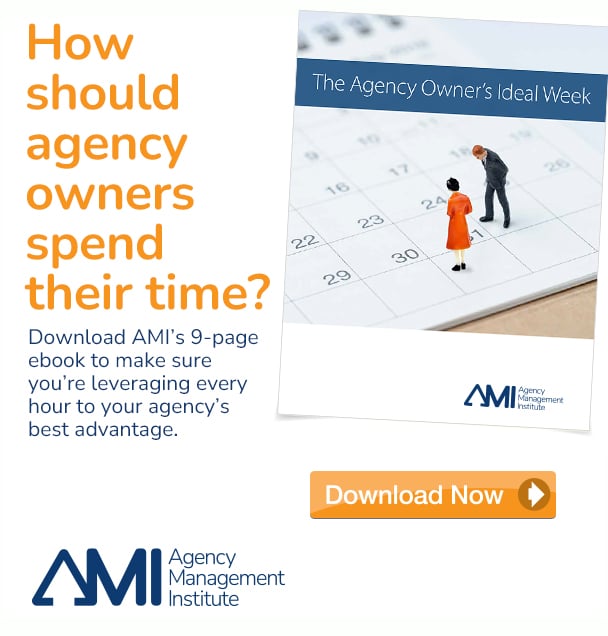For the last few months, businesses have been discussing the pros and cons of taking a stand on social issues, both as an individual professional and as a company. In this week’s article, I want to examine some brands that decided they did want to speak out on a social issue and learn from the choices they made.
Before we dig into the examples, I want to remind you of some of the data we reviewed. Most studies that have researched this topic show that people are pretty split on whether taking a stand improves or hinders your ability to connect with a potential customer.
The data tells us that brands aren’t going to see a sizable boost or drop in sales because they spoke out. I love that the odds are pretty evenly split.
That means the only reason a brand should speak up is that they genuinely believe in the cause they are supporting. There’s a concern among consumers that brands are “trust washing,” or taking a stand just as a marketing ploy.
But the data would suggest that’s not a brilliant strategy. When you step out and speak up, you’ll win some and lose some. So choose wisely.
Let’s look at some different ways organizations have taken a firm stand.
Stop selling a product you don’t believe in: In 2019, Walmart announced it would no longer sell handguns or ammunition for short-barrel rifles and assault weapons. CVS decided to go all in and stop selling cigarettes. They’ve gone on to pledge $50 million to help stop teen vaping.
Stand alongside an outspoken voice for change: In 2018, Nike risked it all by supporting Colin Kaepernick’s right to protest racial injustice by taking a knee during the National Anthem. The move proved profitable as North American sales grew as consumers applauded the ad campaign with their wallets.
This past summer, they doubled down on this issue with their “For once, don’t do it” video supporting racial justice. Interestingly, their rival brand Adidas jumped on board, retweeting Nike’s content on the topic.
Defend a group that is being criticized or threatened: Yoplait launched a national campaign calling people out for mom-shaming. They paired the mass media campaign with a Facebook comedy series called #IMomSoHard and a 40-city tour to spread the message.
Another yogurt company, Chobani, took a stand on immigration and immigrants’ value in the U.S. They recruited workers from refugee resettlement centers, providing them with transportation and translators, and paid them above minimum wage.
Use yourself as an example to inspire change: Procter & Gamble struggled with rampant homophobia in the ’80s and ’90s. They chronicle their own struggles to come to grips with this internal crisis in two films that expose the difficult journey they went on to bring equality into their organization.
P&G also launched its “We See Equal” campaign, which was designed to fight gender bias and work toward equality for everyone. The campaign shows boys and girls defying gender stereotypes.
I think about the decision-making process in each of these companies as they discussed whether this was the right thing for their company to do. I’m sure that none of these efforts came without some challenging conversations, risk calculations and heated opinions on both sides. But in the end, these organizations’ leadership was willing to take the risk, deal with the haters and lose some customers.
How do you bring this back to your own organization?
When you feel so strongly about a social issue that you are willing to pay the price, then I suspect it’s not a decision of “should we,” but instead it’s simply a “how should we?”




